Learning how to choose a fishing rod is one of the most important steps for anyone getting into the sport of fishing. Whether you’re a beginner or upgrading your gear, the right rod makes a huge difference in your success and enjoyment. In fact, a well-matched fishing rod improves casting accuracy, bite detection, and fish control. Moreover, there is no single “best” rod for everyone—your ideal choice depends on the type of fish, water environment, and personal style.
Additionally, fishing rods vary in length, power, action, material, and design. These factors affect how the rod performs under different conditions. For example, a lightweight spinning rod works well for small freshwater species. Meanwhile, a heavy-duty boat rod suits offshore saltwater battles. Furthermore, pairing the rod with the correct reel and line is crucial for balanced performance. This article explains every aspect of how to choose a fishing rod, from understanding key terms to matching gear for specific species and settings.
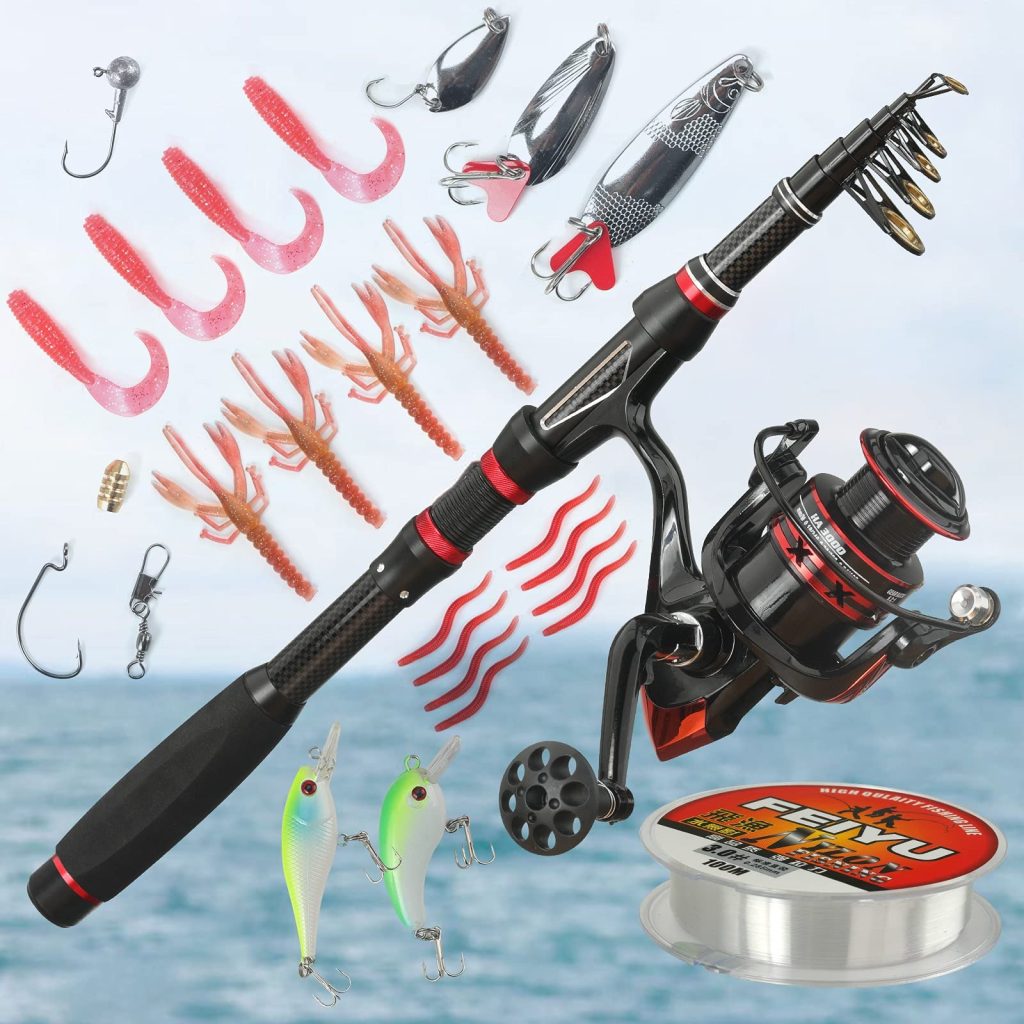 Factors to Consider When Choosing a Fishing Rod
Factors to Consider When Choosing a Fishing Rod
Choosing the right fishing rod becomes easier when you know key factors to evaluate. The material, length, power, action, and handle design directly impact your fishing experience. By understanding these elements, you’ll find a rod that suits your style and needs perfectly.
Material: Fiberglass, Graphite, or Composite
The material of a fishing rod affects its strength, sensitivity, and flexibility. Fiberglass is durable and ideal for beginners. Graphite rods are light and offer more sensitivity for detecting bites. Composite rods combine both materials, offering versatility and balanced performance. Choose the material based on your fishing style and skill level.
Rod Length and Its Impact on Fishing
Rod length determines casting distance and control over the fish. Shorter rods (5-6 feet) offer precision in tighter spaces. Longer rods (7-10 feet) give extended casting range for open areas, like lakes or seas. Match the rod length to your preferred fishing environment for improved results.
Power and Action: What They Mean for Your Fishing Style
Power indicates the rod’s resistance to bending and is categorized as light, medium, or heavy. Light power rods suit smaller fish, while heavy power rods handle larger species. Action describes the rod’s bending point during cast and retrieval. Fast action bends at the tip, while slow action bends near the handle. Knowing power and action helps tailor your rod to your fishing technique and target fish.
Handle Design and Comfort for Long Fishing Sessions
The rod’s handle affects grip comfort and fatigue during fishing. Cork handles are light and warm to hold, offering excellent grip. EVA foam handles are durable and ideal for extensive use in saltwater. Consider the handle material and design for ergonomic comfort throughout long fishing trips. Always choose a rod that feels comfortable in your hand to enhance fishing performance.
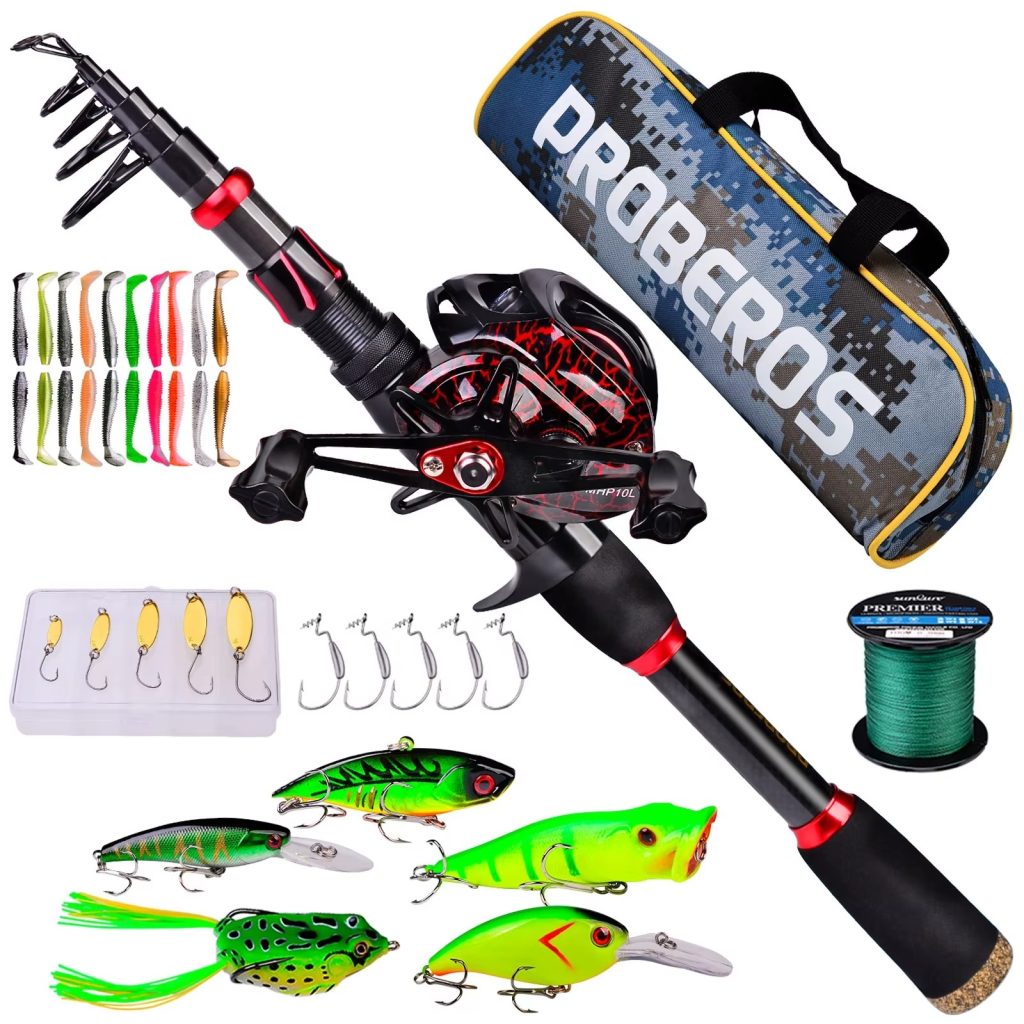 Types of Fishing Rods for Different Fishing Styles
Types of Fishing Rods for Different Fishing Styles
Understanding different types of fishing rods helps you choose the best option for your needs. Each type is designed for specific fishing techniques and situations.
Spinning Rods vs. Casting Rods
Spinning rods are ideal for beginners and versatile for various fishing styles. They work well with lightweight lures and tackle and are easy to control. Casting rods are preferred for experienced anglers seeking precision. These rods cast heavier lures farther and offer greater power when reeling in larger fish.
Fly Fishing Rods: When to Use Them
Fly fishing rods are designed for delicate presentations and catching fish like trout or salmon. They are used in freshwater systems, such as rivers, streams, and lakes. If your fishing involves casting lightweight artificial flies, these rods are the perfect choice. Focus on line weight and rod flexibility when selecting a fly fishing rod.
Telescopic Fishing Rods for Portability
Telescopic fishing rods are compact and easy to transport, making them ideal for travel. They collapse into a small size, perfect for hikers, campers, or anglers with limited storage space. These rods perform well for casual fishing trips but may lack advanced features for professional anglers. Choose telescopic rods for convenience without compromising on quality.
Matching Your Fishing Rod to the Fish Species
Choosing the right fishing rod involves matching it to the fish you aim to catch. Different fish species require specific rod features for optimal performance. Consider freshwater, saltwater, and specialty fishing needs to select the best rod.
Rod Recommendations for Freshwater Fishing
Freshwater fishing rods are perfect for lakes, rivers, and streams. Light or medium power rods suit smaller fish like trout or panfish. Longer rods provide better casting for open areas, while shorter rods work better in tight spots. Spinning rods are highly versatile for freshwater fishing, especially for beginners.
Rod Choices for Saltwater Fishing
Saltwater fishing demands durable rods to handle larger fish and corrosive environments. Heavy power rods are ideal for species like tuna or marlin. Graphite or composite rods resist wear and tear in saltwater conditions. Choose casting rods for precision or spinning rods for lighter tackle. Always prioritize corrosion-resistant guides and reels.
Specialty Rods for Specific Types of Fish
Specialty rods are tailored for unique fishing techniques and specific species. Fly fishing rods excel for trout, salmon, and precise bait placement. Ice fishing rods are shorter and designed for catching fish under frozen surfaces. Surf rods, built for distance, suit fishing from the beach for large fish. Match specialty rods to your target fish and fishing style for the best results.
Pairing Your Rod with the Right Reel
A fishing rod only works well when matched to the correct reel. Mismatched gear leads to poor casting, line twist, and fatigue.
First, confirm the rod’s mounting system. Spinning rods use a down-lock reel seat. Baitcasting rods have an up-lock design. Never put the wrong reel on a rod.
Next, check reel size. A small spinning reel on a long rod lacks balance. A large reel on a short rod overpowers it.
For trout or panfish, use a 1000–2500 size spinning reel. Pair it with a light or ultralight rod.
For bass or inshore saltwater, choose 3000–5000 reels. These balance well with medium-power rods.
Baitcasting reels suit heavier setups. Use them for flipping, deep cranking, or trolling. Match to medium-heavy or heavy rods.
Also, consider gear ratio. High-speed reels retrieve line quickly. Low-speed reels offer more torque.
Smooth drag systems are essential. They let fish run without breaking line.
Finally, test the setup before buying. Hold the rod and reel together. It should feel balanced in your hand.
A well-matched pair improves accuracy and comfort. That’s an important step in how to choose a fishing rod.
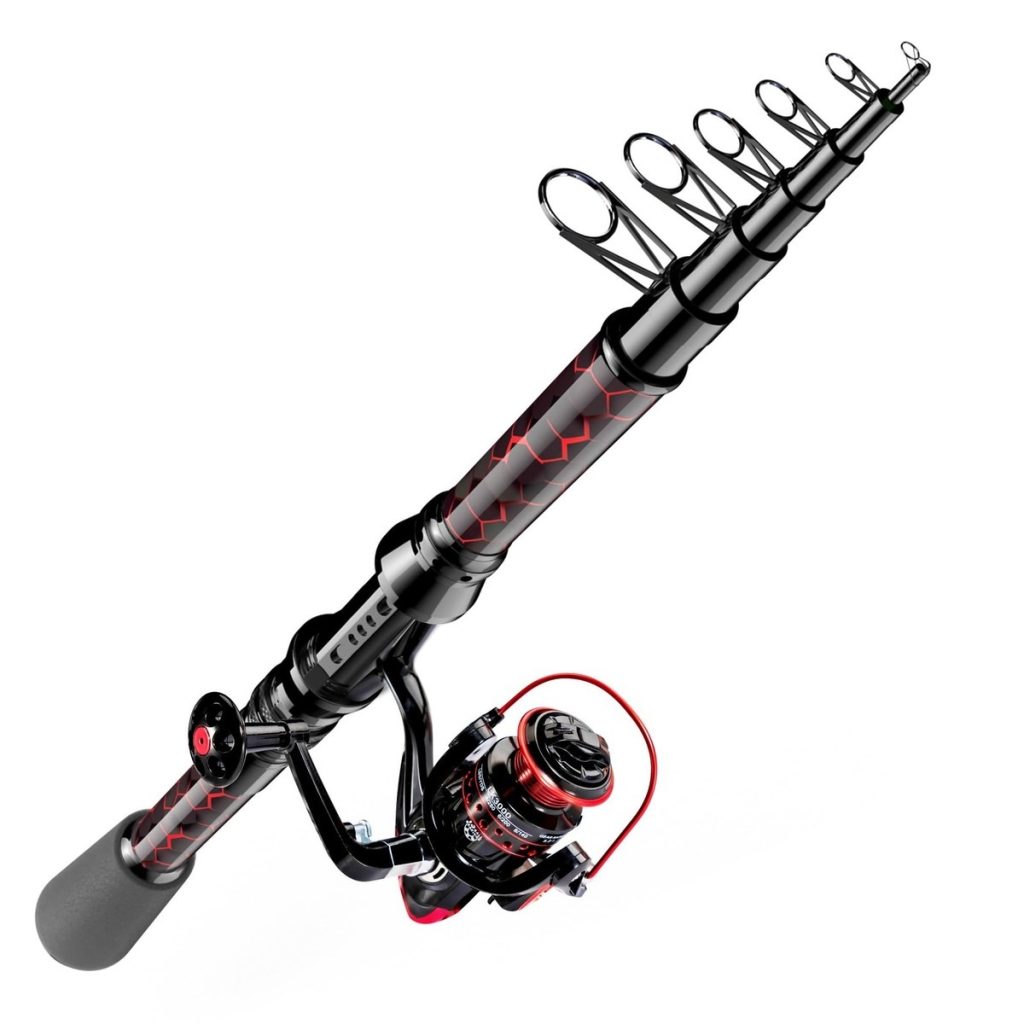 Working Within Your Budget
Working Within Your Budget
Choosing the right fishing rod doesn’t need to break your budget. There are excellent choices for every price range. Whether you are a casual angler or a seasoned pro, selecting a rod within your budget ensures satisfaction without overspending. Here’s how to find a great option for your needs.
Affordable Yet Reliable Fishing Rods
Affordable fishing rods are ideal for beginners or those on a tight budget. These rods offer decent performance, durability, and usability. Spinning rods, for instance, are excellent low-cost choices for beginners and casual fishing trips. Fiberglass rods are also budget-friendly, providing robust durability for long-term use.
When shopping on a budget, prioritize brands known for quality at affordable prices. Look for rods under $50 that still provide good sensitivity and comfortable handles. Check reviews and user feedback to ensure reliability. Some economical options even include extras like reel combos, saving you additional money.
High-End Options for Serious Anglers
High-end fishing rods are crafted for performance, precision, and durability. These rods are perfect for professionals or those serious about fishing. Graphite and composite materials dominate this category, offering lightweight and sensitive designs ideal for advanced techniques.
Premium rods often cost over $150 but deliver unmatched quality and features. Brands in the high-end market focus on meticulously designed components, such as corrosion-resistant guides and ergonomic handles. Customizable power and action enable professionals to target specific species effectively. These rods are an investment and offer long-term value for dedicated anglers.
Whether you choose an affordable option or a premium rod, always align your choice with your fishing style and budget. Planning wisely ensures you get the best rod for your money.
Maintenance and Care Tips for Your Fishing Rod
Proper maintenance ensures your fishing rod lasts longer and performs well on every outing. Regular care can protect your rod from wear and tear.
Cleaning and Storage Best Practices
- Clean Your Rod After Each Use: Wash your rod with freshwater after fishing, especially in saltwater environments. Salt causes corrosion, so rinsing removes harmful residue.
- Inspect for Damage: Check guides, ferrules, and handles for cracks, rust, or wear. Fix minor issues early to avoid bigger problems.
- Use a Mild Detergent: When cleaning stubborn dirt, use a soft cloth and mild soap. Avoid harsh chemicals that could weaken the rod.
- Dry Thoroughly Before Storing: Moisture can lead to rot or mold, especially in cork handles. Air dry the rod completely after washing.
- Store Vertically or in Cases: Use rod racks or rod tubes to store your gear. Proper storage prevents bending and maintains alignment.
Common Mistakes That Can Damage Your Rod
- Improper Transport: Throwing rods in the trunk without protection can cause scratches or broken guides. Use a case or wrap for safe transportation.
- Excessive Stress: Avoid using your rod to lift or drag heavy fish directly. This can snap the rod tip.
- Incorrect Line Setup: Choosing incompatible line weight can strain the rod. Match line weight to your rod’s specifications.
- Skipping Maintenance: Neglecting routine cleaning lets dirt and salt build up, leading to long-term damage.
- Using Damaged Rods: If you notice wear, such as frayed guides, don’t use the rod until repaired. It may worsen with use.
Taking proper care of your fishing rod ensures that you get the most out of your investment. By following cleaning steps and avoiding common mistakes, you’ll keep your rod in excellent condition for years to come.
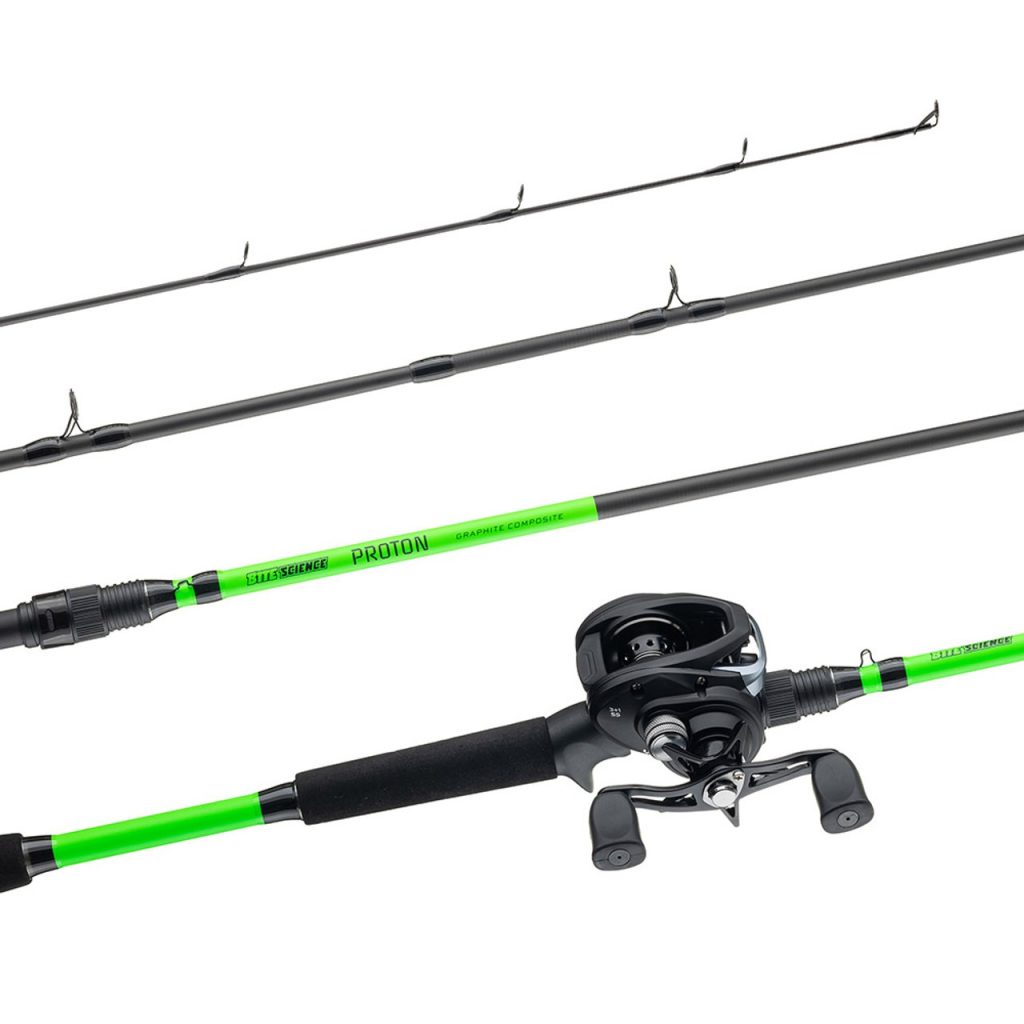 How to Choose a Fishing Rod for Different Environments
How to Choose a Fishing Rod for Different Environments
Your fishing location affects rod selection. Freshwater lakes need different gear than ocean piers.
For small ponds and streams, use a 5’6” to 6’6” ultralight rod. It handles light line and small lures. It’s perfect for crappie, bluegill, or brook trout.
Larger lakes call for 6’6” to 7’6” medium-power rods. They cast farther and handle bigger bass or walleye.
River fishing often requires medium or medium-heavy rods. Currents demand stronger gear. A 7’ to 8’ rod helps control drift and set hooks.
For surf fishing, choose 9’ to 12’ rods. They cast lures or bait over breaking waves. Use heavy or extra-heavy power for striped bass or bluefish.
Inshore saltwater anglers use 7’ medium-heavy rods. They fight redfish, snook, or flounder. Fast action helps with topwater poppers and jigs.
Offshore or deep-sea fishing requires heavy rods. These handle large reels and strong lines. They land tuna, mahi, or grouper.
Fly fishing uses specialized rods. Weight-forward lines match rod weight (e.g., 5-weight rod).
Each environment demands a tailored approach. That’s why knowing how to choose a fishing rod means knowing your fishing spot.
Frequently Asked Questions About How to Choose a Fishing Rod
What is the most versatile fishing rod? A 7’ medium-power, fast-action spinning rod works for many species.
Can I use one rod for freshwater and saltwater? You can, but rinse it after salt use. Corrosion damages rods over time.
Should beginners start with baitcasters? No, spinning reels are easier to learn. Baitcasters require more skill.
How often should I replace my rod? Only when damaged or worn. With care, rods last many years.
Do more expensive rods perform better? Not always. Mid-range rods often offer the best value.
Is rod sensitivity important? Yes, especially for light bites. Graphite rods offer the most sensitivity.
Can I use a bass rod for walleye? Yes, if it’s medium power. Adjust lures and line accordingly.
What line should I use with my rod? Match line weight to the rod’s rating. Check the blank for guidelines.
Do two-piece rods lose strength? No, modern ferrules are strong. They don’t affect performance.
Can kids use adult rods? Only if they fit. Smaller rods suit young anglers better.
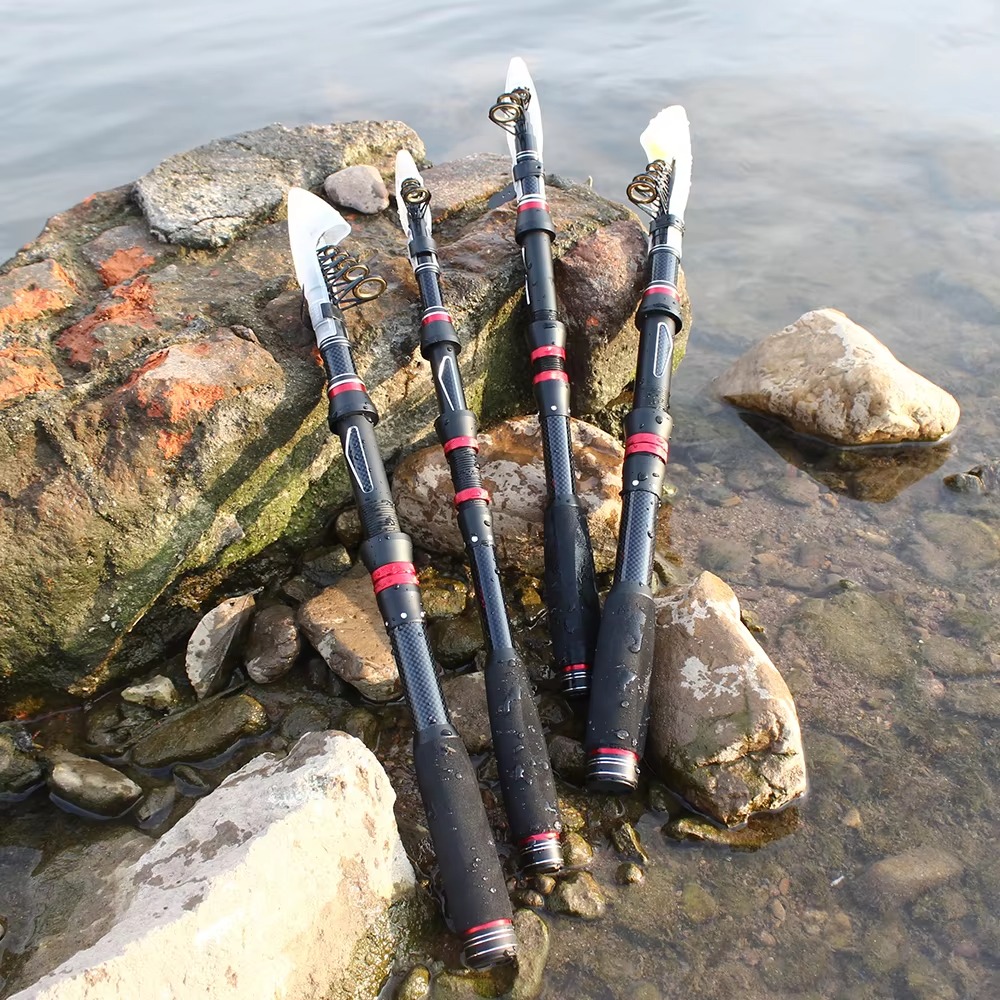 Final Thoughts on Knowing How to Choose a Fishing Rod
Final Thoughts on Knowing How to Choose a Fishing Rod
Choosing the right fishing rod sets the foundation for a successful day on the water. It affects casting, sensitivity, and fish-fighting ability. From rod length and power to material and reel pairing, every detail matters.
Moreover, the best rod fits your target species, environment, and skill level. There is no universal solution. That’s why learning how to choose a fishing rod requires research and hands-on testing.
With the right knowledge, you can build a collection that covers all your fishing needs. Start with one versatile setup. Then expand as you gain experience.
In conclusion, the perfect rod enhances every catch. Because when you know how to choose a fishing rod, you don’t just fish—you fish smarter.